As you may have noticed, Rocky Mountain Bushcraft has had ads from our sponsors for quite some time. I know what you're thinking..."Oh here we go, another blog giving in to the almighty dollar... " I understand that thought, I really do.....
Here's the thing. I LIVE Rocky Mountain Bushcraft. This is what I love doing and it's important to me to keep writing honest reviews, doing field research, and learning about the latest gear at the major outdoor shows.
The reality is that vehicles need upkeep, gear needs to replaced, and trips to major shows are expensive. This doesn't count fuel, food, and other everyday expenses.
Buying products from our sponsors helps foot the bill for all the things that allow us to bring you Rocky Mountain Bushcraft. So when you see an ad on RMB remember, we only partner with select sponsors who are reputable and who I would actually buy something from myself.
I promise you, these ads will not compromise my ability to write honest reviews. We carefully choose the ads on RMB in order to be able to keep living and writing about this exciting, adventurous, bushcrafting life.
I hope you will continue the adventure with me.....
Lifeview Outdoors is RMB's longest running sponsor. They sell a variety of outdoor gear including survival knives, backpacking gear, and survival goodies such as mil-spec, US-made 550 Paracord.
Years before I started RMB, I was buying products from Lifeview, and was always impressed with their unique selection and outstanding customer service. LifeView produced Gretchen Cordy and Doug Ritter's "Prepared to Survive" video back in 2005, so they have been at this quite a while and know the difference between junk and quality stuff that works well in the backcountry.
Ben's Backwoods
Ben's Backwood's, in my opinion, is the greatest online bushcraft store in existence. I liken it to the "Toy R Us" of bushcrafting. I have bought tons of stuff from Ben's as far back as the mid-2000's, and to this day, I still enjoy digging around his site for cool new bushcraft toys.
What makes Ben's such a great place to shop is the fact that its owner, Ben Piersma, is an experienced, well respected bushcraft and edged tools expert. Ben brings years of bushcraft experience to the table, and has also studied under bushcrafting legend Mors Kochanski.
CountyComm
Our newest sponsor, CountyComm, is a company that creates "James Bond" style gadgets for the US Military and Federal Government. It sells some of its excess products (overruns) directly to the public.
This means that what you buy from CountyComm is not only made in the USA, but is built to strict government specifications, and frequently has a National Stock Number emblazoned on it.
Many of CountyComm's gadgets are ideal for personal survival kits (PSKs), bushcrafting, EDC, and preparedness kits. Check out our review of CountyComm's excellent SERE survival compasses to get a better idea of the type of products they sell.
Here's the thing. I LIVE Rocky Mountain Bushcraft. This is what I love doing and it's important to me to keep writing honest reviews, doing field research, and learning about the latest gear at the major outdoor shows.
The reality is that vehicles need upkeep, gear needs to replaced, and trips to major shows are expensive. This doesn't count fuel, food, and other everyday expenses.
Buying products from our sponsors helps foot the bill for all the things that allow us to bring you Rocky Mountain Bushcraft. So when you see an ad on RMB remember, we only partner with select sponsors who are reputable and who I would actually buy something from myself.
I promise you, these ads will not compromise my ability to write honest reviews. We carefully choose the ads on RMB in order to be able to keep living and writing about this exciting, adventurous, bushcrafting life.
I hope you will continue the adventure with me.....
-Jason
LifeView Outdoors
Past and Present SPONSORS:
Lifeview Outdoors is RMB's longest running sponsor. They sell a variety of outdoor gear including survival knives, backpacking gear, and survival goodies such as mil-spec, US-made 550 Paracord.
Years before I started RMB, I was buying products from Lifeview, and was always impressed with their unique selection and outstanding customer service. LifeView produced Gretchen Cordy and Doug Ritter's "Prepared to Survive" video back in 2005, so they have been at this quite a while and know the difference between junk and quality stuff that works well in the backcountry.
Ben's Backwoods
Ben's Backwood's, in my opinion, is the greatest online bushcraft store in existence. I liken it to the "Toy R Us" of bushcrafting. I have bought tons of stuff from Ben's as far back as the mid-2000's, and to this day, I still enjoy digging around his site for cool new bushcraft toys.
What makes Ben's such a great place to shop is the fact that its owner, Ben Piersma, is an experienced, well respected bushcraft and edged tools expert. Ben brings years of bushcraft experience to the table, and has also studied under bushcrafting legend Mors Kochanski.
If
Ben says something is good, you can count on it being exactly as he
describes it. He is also the only online retailer I trust when I'm buying traditional axes, such as Gransfors Bruks, Wetterlings, Council Tool, Bahco, etc. Many of the axes you've seen reviewed here at RMB came from Ben's store.
AT&T
Yes, you
heard that right, AT&T is one of RMB's new sponsors. To make a long
story short, I attended an outdoor blogging event last year in Denver
that was sponsored by AT&T (check out our writeup about it here).
At that event, AT&T asked if we'd like to review their new NEC Terrain Outdoor SmartPhone. We accepted and did a writeup last January.
AT&T then asked if we'd like to test an Iphone 5 with Otterbox's new Armor-series mil-spec outdoor case. After seeing how great the phone and case were, we asked if we could keep the phone a little longer. AT&T was nice enough to oblige our request, lending us a long term review unit.
The Iphone 5 has turned out to be a huge asset for RMB, especially considering that I'm often away in the wilderness, where I'm unable to use a laptop. The Iphone's ability to take great photos can be seen on our recent Wax Currant Edible Plant Identification article. Its ability to post to our social media from a remote location can be seen in this Facebook post last winter when I was out testing a new hunting/survival product.
At that event, AT&T asked if we'd like to review their new NEC Terrain Outdoor SmartPhone. We accepted and did a writeup last January.
AT&T then asked if we'd like to test an Iphone 5 with Otterbox's new Armor-series mil-spec outdoor case. After seeing how great the phone and case were, we asked if we could keep the phone a little longer. AT&T was nice enough to oblige our request, lending us a long term review unit.
The Iphone 5 has turned out to be a huge asset for RMB, especially considering that I'm often away in the wilderness, where I'm unable to use a laptop. The Iphone's ability to take great photos can be seen on our recent Wax Currant Edible Plant Identification article. Its ability to post to our social media from a remote location can be seen in this Facebook post last winter when I was out testing a new hunting/survival product.
To thank AT&T for their support we posted a banner on the sidebar.
CountyComm
Our newest sponsor, CountyComm, is a company that creates "James Bond" style gadgets for the US Military and Federal Government. It sells some of its excess products (overruns) directly to the public.
This means that what you buy from CountyComm is not only made in the USA, but is built to strict government specifications, and frequently has a National Stock Number emblazoned on it.
Many of CountyComm's gadgets are ideal for personal survival kits (PSKs), bushcrafting, EDC, and preparedness kits. Check out our review of CountyComm's excellent SERE survival compasses to get a better idea of the type of products they sell.





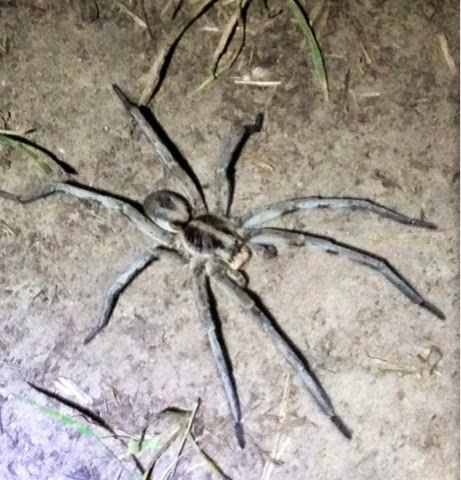
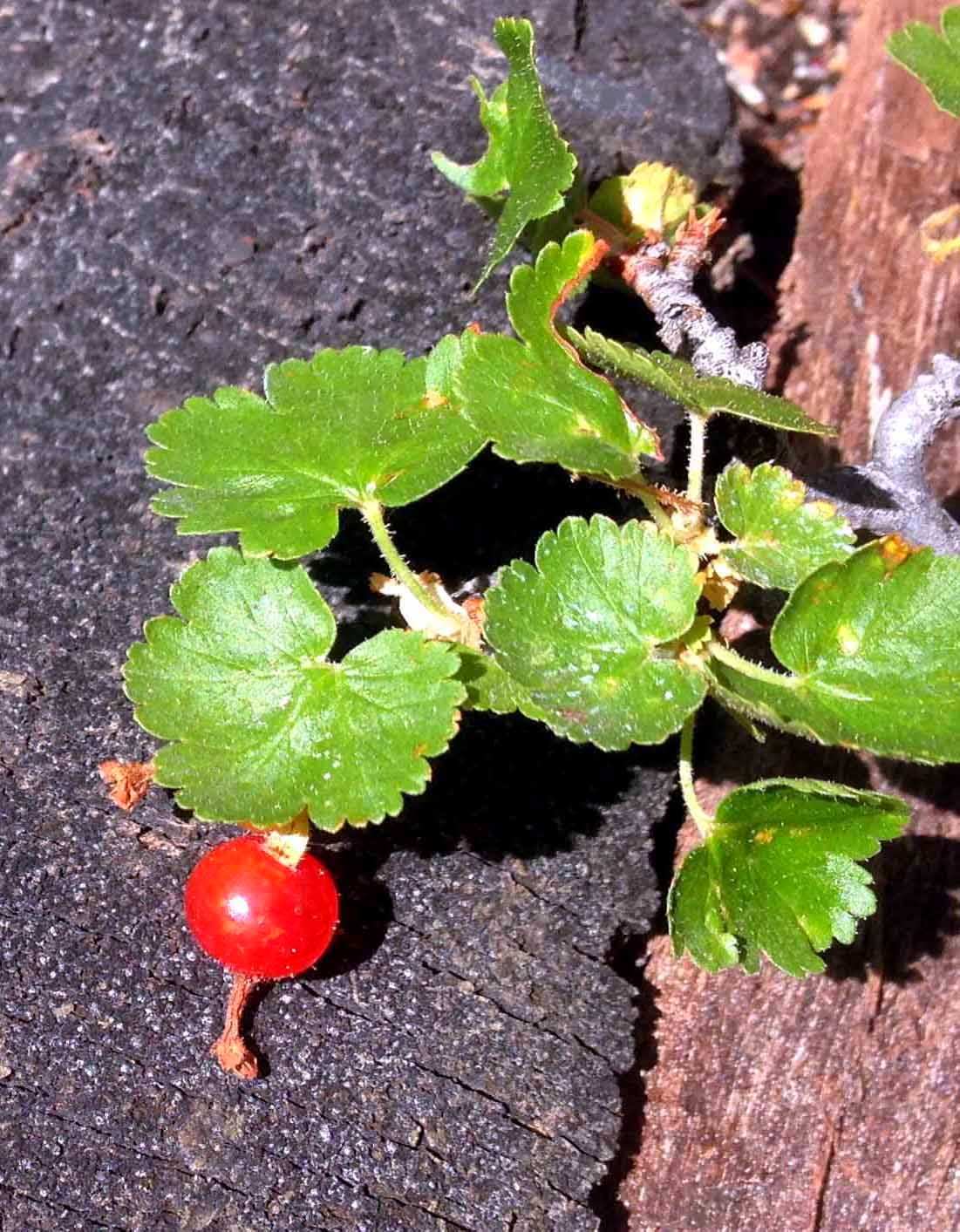




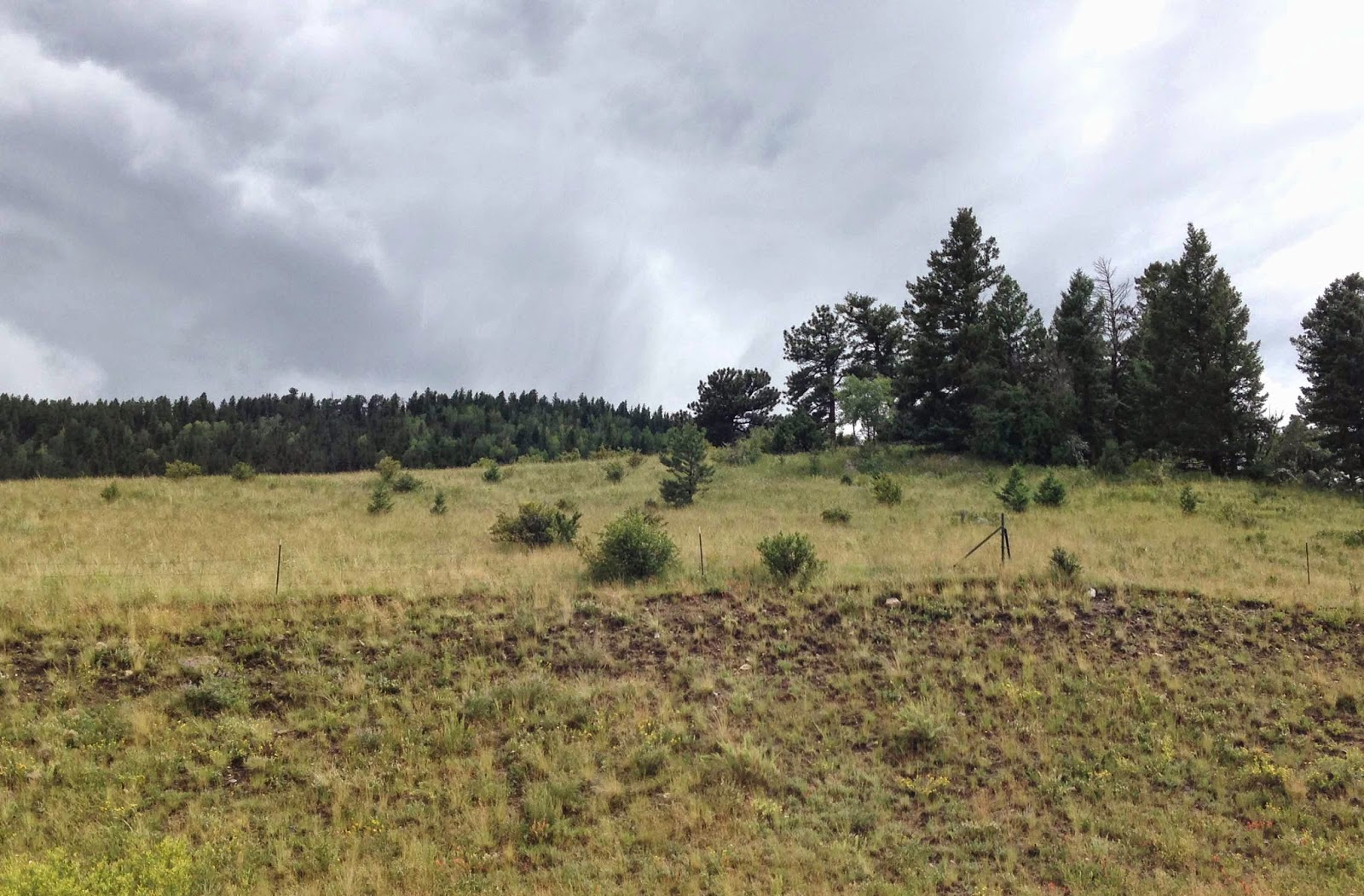



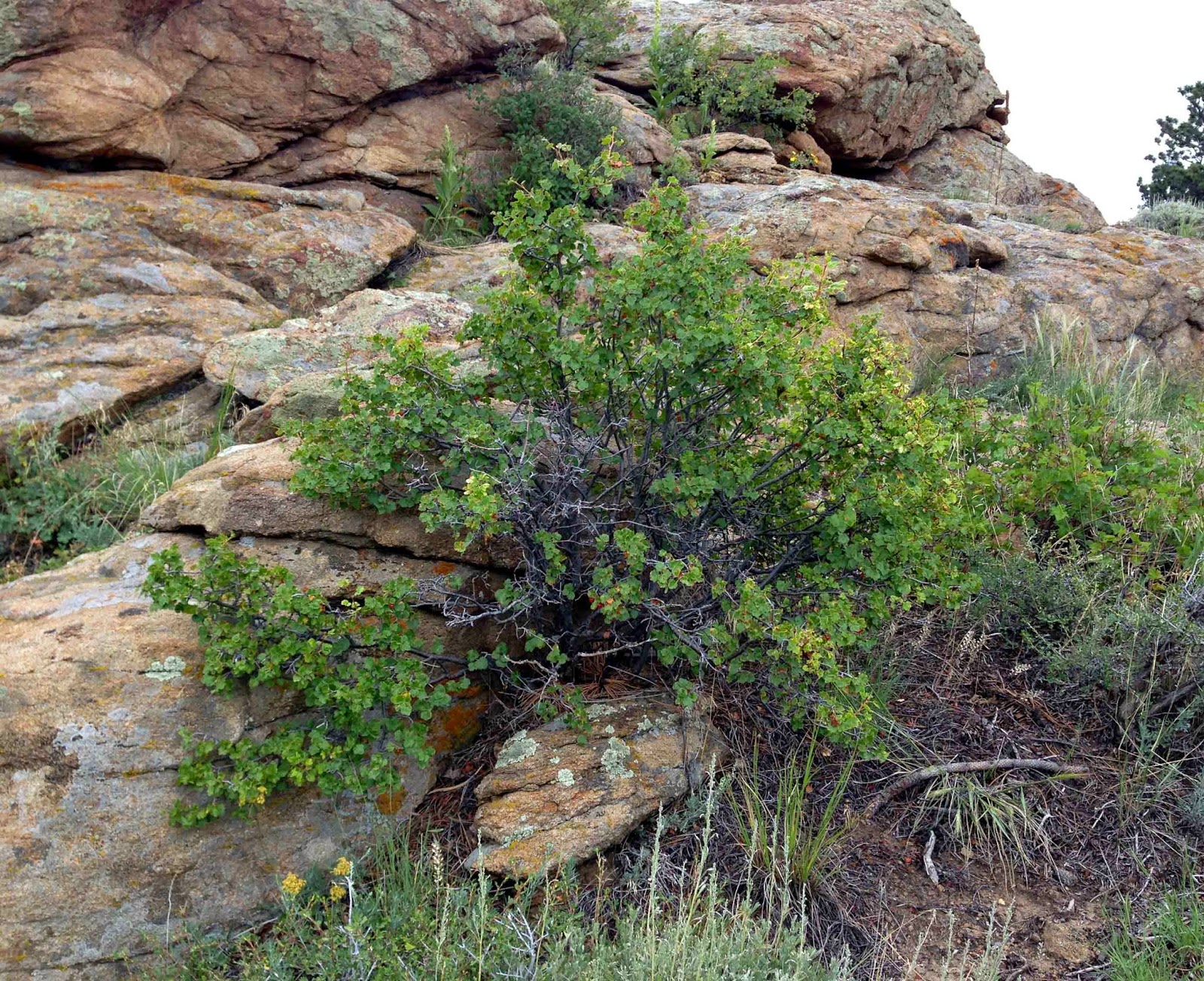





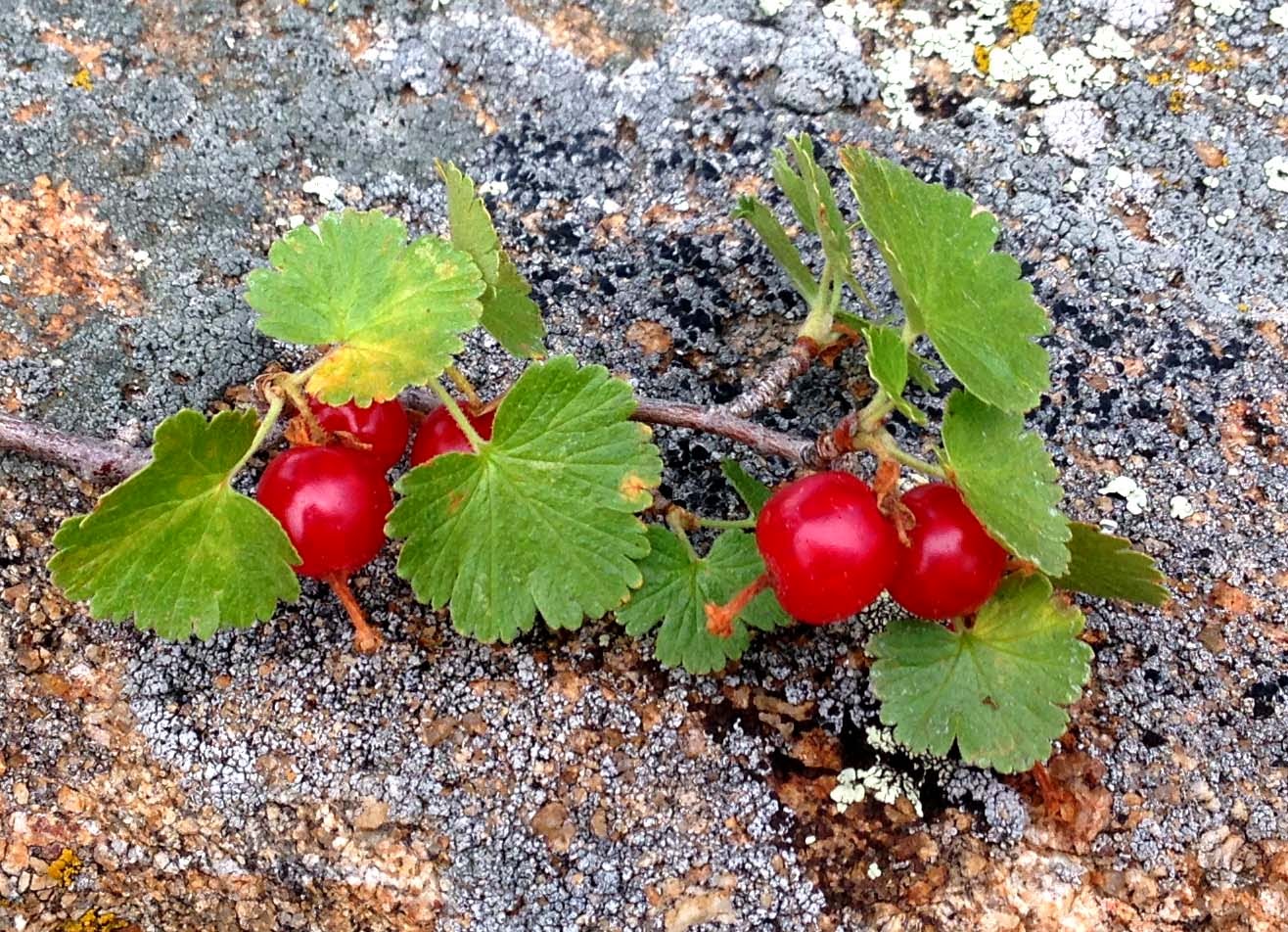


.jpg)
